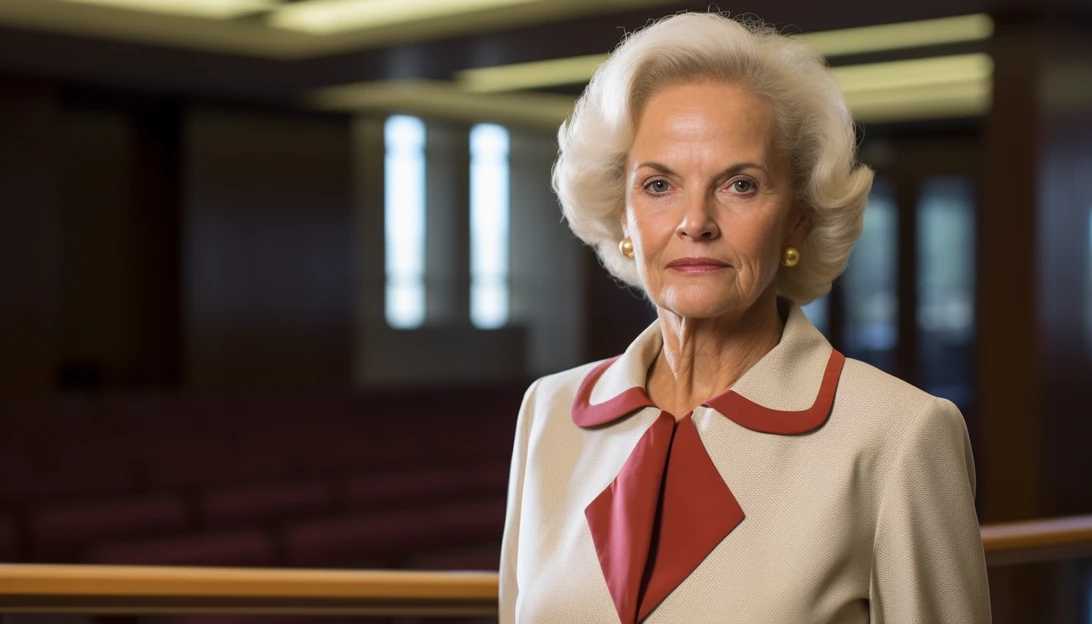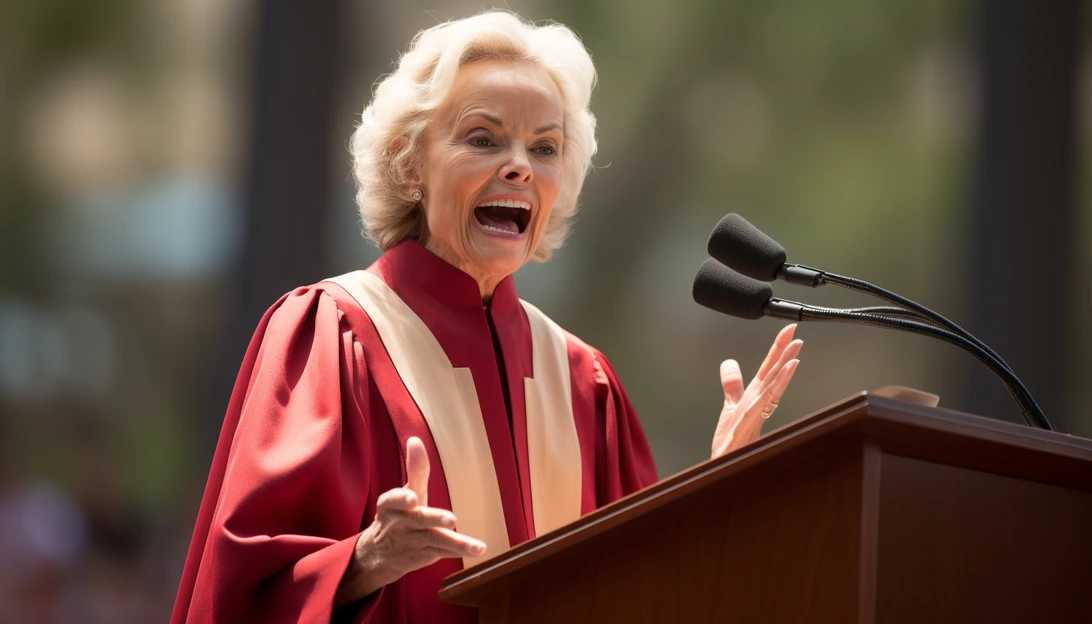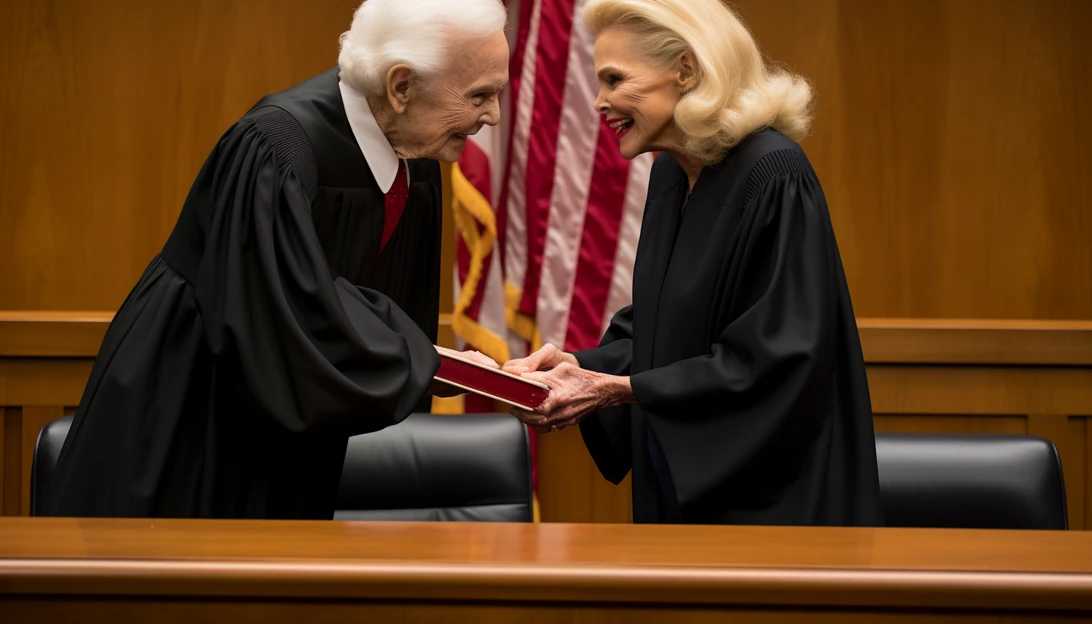Judiciary
published : 2023-12-02
A Trailblazing Appointment: Reflecting on Justice Sandra Day O'Connor's Historic Nomination
The Supreme Court Justice who shattered barriers and championed women's rights

Sandra Day O'Connor, an Arizona rancher's daughter, was appointed by President Ronald Reagan to the Supreme Court in 1981. She was hailed as 'the most qualified woman' for the position.
Before her appointment, O'Connor had already made a remarkable impact in both politics and the judiciary. She was the first female majority leader of the Arizona Senate and had served as a county court judge and on the Arizona Court of Appeals.
President Reagan, who had made a promise to appoint a woman to the Supreme Court, found in O'Connor a kindred spirit. Craig Shirley, a biographer, noted that both Reagan and O'Connor came from humble backgrounds, which added to their connection.
O'Connor's journey to the Supreme Court was far from easy. Growing up on a ranch without running water or electricity, she spent her childhood doing manual labor. However, her parents insisted on her education, leading her to enroll at Stanford University at the age of sixteen.

Even at Stanford Law School, where only 2% of the students were women, O'Connor excelled. She became the editor of the Stanford Law Review and graduated third in her class. Despite her exceptional abilities, she faced discrimination in the job market, with many offices refusing to hire a woman with her qualifications.
In 1981, when the Reagan administration was compiling a shortlist of candidates for the Supreme Court vacancy, O'Connor's name emerged. However, Reagan's chief of staff made it clear to the media that O'Connor was not chosen simply because she was a woman. Rather, she was chosen because she was the best candidate for the job.
O'Connor's nomination was met with praise and admiration. President Reagan described her as possessing the qualities of 'temperament, fairness, intellectual capacity, and devotion to the public good' that characterized the previous Supreme Court justices.
Confirmed by the Senate with a unanimous vote of 99-0, O'Connor went on to serve on the Supreme Court for an illustrious 24-year-long tenure. In 2006, she stepped down to care for her ailing husband, who passed away in 2009.

O'Connor's impact extended beyond her time on the Supreme Court. In her 2004 Stanford Commencement speech, she acknowledged that her appointment was not only about her but also about women everywhere. It represented progress in bridging the gender divide in the nation.
Eugene Volokh, a law professor who clerked for Justice O'Connor, hailed her as having one of the great careers in American law. He recognized her not only as the first female Supreme Court Justice but also as a successful political leader who understood the importance of people as well as legal principles.
Throughout her career, O'Connor demonstrated resolve, honor, grace, and kindness. She left a lasting legacy as a great judge and a great American.
